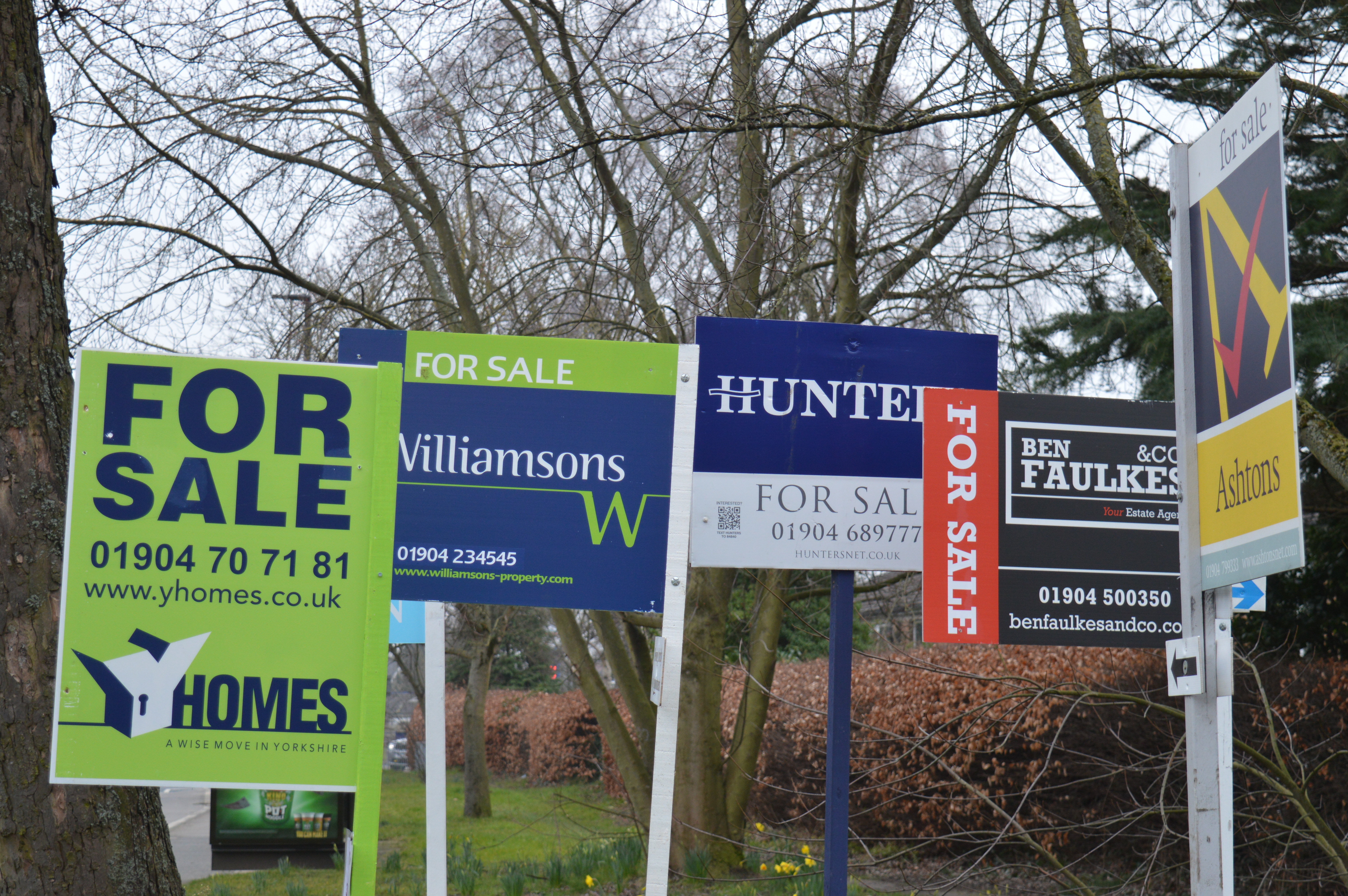Asking prices by new sellers dropped sharply in July, according to Rightmove, down by 1.2%, to £373,709, as “sellers blink first”. While there’s usually a seasonal dip in prices in July, the property portal says this marks the largest monthly price drop in more than twenty years of data. New seller asking prices are now just 0.1% higher than they were a year ago.
The continued decade-high level of housing supply for sale, Rightmove says, is limiting price growth, compounded by the start of the traditional summer holiday season. Summer sellers typically need to work harder compared to the spring to capture distracted buyers’ attention.
In previous years, it adds, such a price drop might have been an indicator of a slower market. However, tempting pricing from new sellers is helping to improve buyer affordability, enticing new buyers into enquiring, and helping year-on-year growth in the numbers of sales being agreed. Sales agreed are now 5% higher than last year, helped by competitive pricing.
Pricing is key, and sellers who are over-optimistic on their initial asking price are increasingly at risk of getting lost among the competition. The muted price trend has resulted in Rightmove reforecasting its property price prediction for 2025 from +4% to +2%.
Colleen Babcock, property expert at Rightmove, said: “We’re seeing an interesting dynamic between pricing and activity levels right now. The healthy and improving level of property sales being agreed shows us that there are motivated buyers out there who are willing to finalise a deal for the right property.
“What’s most important to remember in this market is that the price is key to selling. The decade-high level of buyer choice means that discerning buyers can quickly spot when a home looks over-priced compared to the many others that may be available in their area. It appears that more new sellers are conscious of this and are responding to this high-supply market with stand-out pricing to entice buyers and get their home sold.”
Patricia McGirr, Founder at Repossession Rescue Network, said: “Yes, asking prices are sliding, but where I am, it’s a tale of two markets. Family homes with decent space are holding strong. But in the investment world? Buyers are driving hard bargains and sellers are blinking first. Tempting price tags might boost affordability, but they’re also a litmus test: if your property’s not shifting, it’s probably overpriced, overlooked or overhyped. The second half of 2025 may look rosier, but right now, the smart money’s negotiating hard and getting what it wants.”
Katy Eatenton, Mortgage & Protection Specialist at Lifetime Wealth Management, said the property market is resetting rather than collapsing: “Increased stock levels are giving sellers a reality check and they’re pricing more realistically. People have come to understand that over-pricing can see you under-achieve when it comes to the sale price agreed. This is not a sign of a property market imploding, just one that is becoming more rooted in reality.”
Babek Ismayil, Founder at OneDome, agreed: “Sellers are waking up to the fact that, if you put your property on the market at an unrealistic price, it’s simply not going to sell in the current market. And if it doesn’t sell and languishes on portals, that can become a problem and see the achievable price dwindle further. This has been the case for a few years now but there now appears to be a shift, which may get the market moving in earnest finally.”
Ranald Mitchell, Director at Charwin Mortgages, said “this is not a crash, it’s a reality check. Sellers can no longer name their price and expect the market to play along. With stock levels surging and buyers laser-focused on value, overpriced homes are being left to gather dust. The drop in asking prices is proof that wishful thinking is being replaced by market sense. Savvy sellers who price sharply are seeing results. Rightmove’s trimmed forecast makes sense in a market that is adjusting, not collapsing.”
Justin Moy, Managing Director at EHF Mortgages, commented: “This has all the hallmarks of seasonal demand combined with the fall-out from April’s increased stamp duty costs. With mortgage rates holding and lenders digging deeper into their pockets, this could just be a summer blip, but the government needs to keep a close eye on this trend.”


